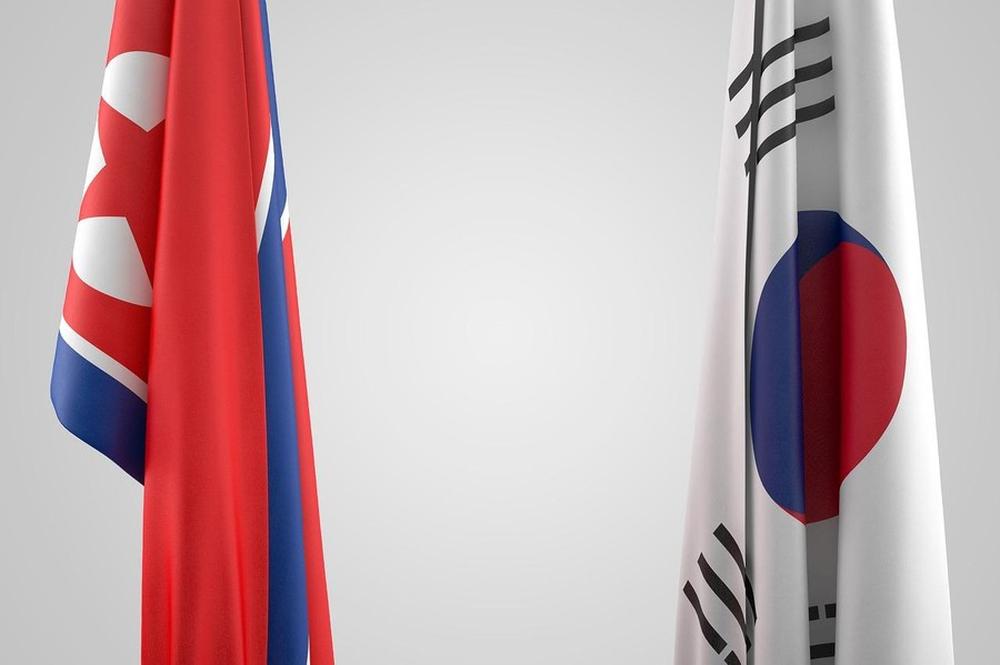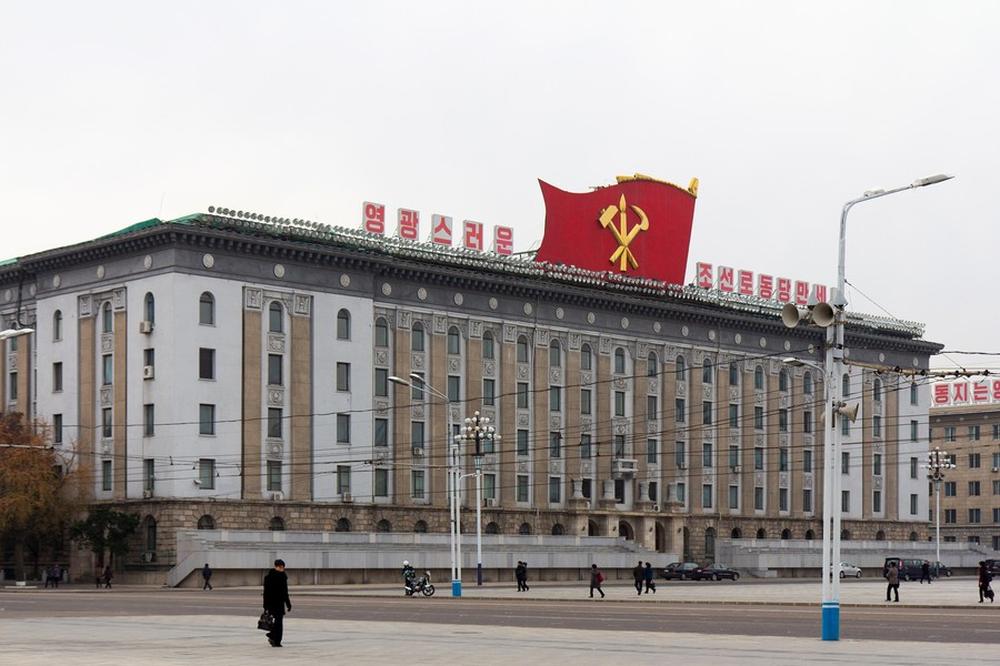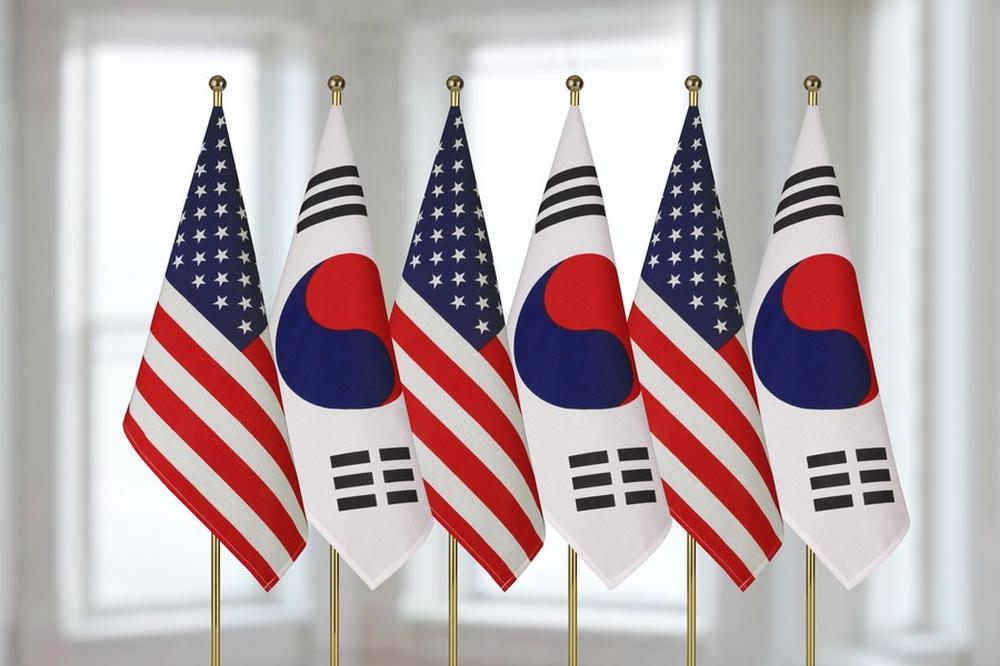- #Inter-Korean Relations
- #North Korea
- #Sanctions & Human Rights

► In his address to the National Assembly on 2023 Fiscal Budget on October 25, 2022, President Yoon Suk Yeol declared that “if North Korea decides to denuclearize and comes to the table of dialogue, the ROK government will provide political and economic assistance to North Korea through the ‘Audacious Initiative.’”
► One of the key initiatives that this plan proposes to implement early on in the negotiations is the “Korean Peninsula Resources-Food Exchange Program (R-FEP).”
► There is a need to refine the R-FEP to enhance its appeal to North Korea in order to facilitate its expedited return to the negotiation table.
► One way to achieve this is to bifurcate the R-FEP into two programs: one dedicated solely to aid, the other on the “Agricultural and Fisheries Product & Livelihoods Material Exchange Program (A-LEP).”
In the complex realm of international diplomacy, nuanced strategies are imperative to foster dialogue and cooperation, particularly in longstanding conflicts like the Korean Peninsula conundrum. In his address to the National Assembly on 2023 Fiscal Budget on October 25, 2022, President Yoon Suk Yeol declared that “if North Korea decides to denuclearize and comes to the table of dialogue, the ROK government will provide political and economic assistance to North Korea through the ‘Audacious Initiative.’” President Yoon’s vision of revitalizing inter-Korean relations, underpinned by innovative solutions, carries the promise of progress, albeit with its intricacies.
According to the Ministry of Unification, what differentiates the ‘Audacious Initiative’ from the Lee Myung-bak government’s ‘Vision 3000: Denuclearization and Openness’ which essentially focused on economic corresponding measures after the North’s denuclearization, is that the former is a far less rigid and far more pragmatic plan that aims to drive denuclearization negotiations by taking bold and proactive measures at an earlier stages of the talks.[i] And one of the key initiatives that this plan proposes to implement early on in the negotiations is the Korean Peninsula Resources-Food Exchange Program (hereinafter referred to as R-FEP).
The general idea behind the R-FEP is to allow North Korea, which is under strict economic sanctions, to export mineral resources within certain limits and utilize the earnings from this trade to facilitate its import of humanitarian goods such as food, fertilizer, and pharmaceutical goods. This initiative is expected to incentivize North Korea to return to the negotiation table for denuclearization talks, particularly given that it is experiencing a shortage of food and various daily necessities as a result of ongoing economic difficulties.
Despite North Korea’s persistent reluctance to embrace the ‘Audacious Initiative’, the prevailing economic challenges it faces make it improbable for the regime to continue to outright reject any form of external assistance, as it has until now. As such, there is a need to refine the R-FEP to enhance its appeal to North Korea in order to facilitate its expedited return to the negotiation table.
First, the delineation between “commercial resources” and “humanitarian aid” demands meticulous evaluation. While allowing North Korea to purchase food using the revenue from mineral exports seems reasonable, attaching a price tag to humanitarian goods could tarnish the noble spirit of assistance. The essence of humanitarian aid lies in its unconditional nature, and any financial transaction might erode its moral high ground.
Second, the efficacy of this initiative as an incentive hinges on how North Korea perceives its value. Unlike previous endeavors, this program necessitates a transaction, raising questions about its appeal. From North Korea’s perspective, it is not obtaining humanitarian goods for free, but rather purchasing humanitarian goods with the money earned from exporting North Korea's mineral resources. North Korea might view this as a mere financial transaction, lacking the allure of genuine incentive, thereby diminishing its potential impact.
Third, if North Korea is using revenue from mineral exports to purchase goods, there is a question about whether there can be restrictions on the types of goods purchased. North Korea may very well insist that it will use its own discretion to decide which items to purchase with revenue legitimately acquired, increasing the likelihood that it will oppose any effort to compel it to purchase specific items with the money earned.
Fourth, the issue of monitoring transactions emerges as a formidable challenge. Verifying the authenticity of transactions and preventing potential misuse of funds demands a robust oversight mechanism. Given that mineral exports primarily involve transactions between North Korea and foreign private companies, namely, Chinese corporations, ensuring transparency poses a considerable hurdle, especially since the two contracting parties can deliberately undervalue the price of an item and use the price discrepancy to purchase other necessary goods. Additionally, transport fees of the goods can also be intentionally overvalued to divert funds elsewhere.
Fifth, even if the ROK government were to mandate that trade deals take place between North Korea and South Korean companies so that it can monitor for potential illegality, there is the question of whether the government can force private companies to purchase North Korean minerals. We must also consider whether there is a demand for North Korean minerals, and even if there is a demand, there remains the question of whether the quality of North Korean minerals is satisfactory to our companies. Assessing the demand for North Korean minerals[ii], as well as the compatibility of these resources with South Korean industries[iii], is pivotal. Along with the issue of smooth power supply and transmission and distribution, which are the most important conditions for mineral resource development, the underdevelopment of North Korean mining facilities is also a problem. In addition, since many of North Korea's major mines are distributed in the North Korea-China border area and the North and South Hamgyong provinces, there are problems with transportation methods and transportation costs to South Korea.
In light of these challenges, President Yoon’s vision needs to be refined to transform it from a mere proposal into a pragmatic, actionable plan. One way to achieve this is to bifurcate the R-FEP into two programs: one that focuses on aid, the other on exchange. First, humanitarian goods such as food, fertilizer, and medicines can be provided free of charge under the tentatively named “Aid Provision Pilot Program for the North Korean Populace.” Providing these goods cost-free aligns with the spirit of humanitarian aid, all the while serving as a strong incentive for North Korea to return to the negotiation table.
Currently, the R-FEP does not explicitly state where North Korean minerals will be exported, but since this program is being initiated by the South Korean government, it may be preferable to structure it as an inter-Korean exchange program. Additionally, considering the myriad challenges associated with North Korean minerals, changing the exchange items to agricultural and fisheries products is a compelling option. Not only are these commodities in high demand in South Korea, they also boast a proven track record of competitiveness in the South Korean market, all the while sidestepping the need for substantial infrastructure investment.[iv]
In exchange, it would be advisable to consider the provision of ingredients, materials, and facilities necessary to develop the North’s agricultural and fisheries industry. For example, in the case of agriculture, considerations may include the production, processing, storage and handling of seeds, seedling nurseries, pest and disease control, livestock and poultry farming, and genetic resource storage. Similarly, in the case of the fisheries industry, production and processing of fishery products, development of selective breeds, aquaculture, raw materials related to fishing gear, and various materials, facilities and technologies can be considered.
Given the above, the program can be tentatively named “Agricultural and Fisheries Product & Livelihoods Material Exchange Program(A-LEP).” Moreover, to elicit a positive response from North Korea, the items we provide may include not only items related to the agricultural and fisheries industries, but also items of raw materials for livelihood related to improving the quality of life of North Korean residents, such as fabrics and shoes, through consultation with North Korea and internal discussions.
[i] Ministry of Unification, A Denuclearized, Peaceful and Prosperous Korean Peninsula: The Unification and North Korea Policy of the Yoon Suk Yeol Government, 2022, p.32.
[ii] In 2015 before the imposition of economic sanctions, anthracite coal accounted for 42.3% of North Korea’s exports, making it the North’s largest export item. However, North Korea produces very little bituminous coal used by South Korean power plants.
[iii] The quality of North Korea’s iron ore, another major export item, is subpar to the Australian iron ore that POSCO imports from Australia. Kyunghyang Shinmun, January 9, 2019.
[iv] For example, in 2009, before inter-Korean trade was suspended due to the May 24 measures, textiles accounted for approximately $1.59 billion of the North Korean goods imported into South Korea, while agricultural and fisheries products came in second at approximately $1.34 billion. Given that textile imports were due to consignment processing trade, agricultural and fisheries products were the primary items in general trade.
Dongho Jo is a professor of North Korean Studies at Ewha Womans University. He graduated from Seoul National University and received a Ph.D. in economics from the University of Pennsylvania. He has held numerous positions such as President of the Institute for National Security Strategy under the National Intelligence Service, Director of Korea Eximbank Research Institute for North Korea, Chairman of the Advisory Committee of the Ministry of Unification, President of North Korean Economic Forum, Director of North Korean Economic Studies at Korea Development Institute.

